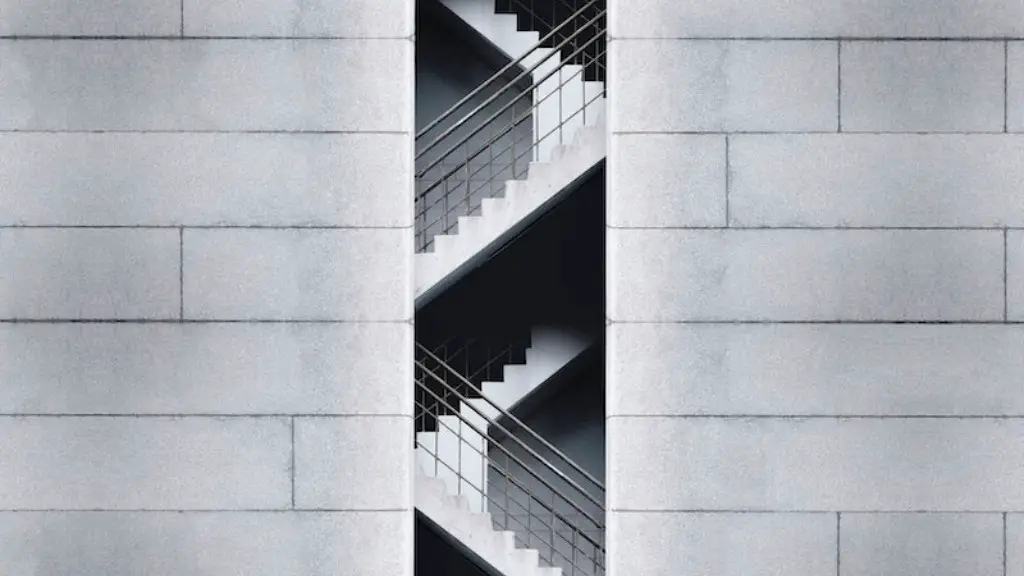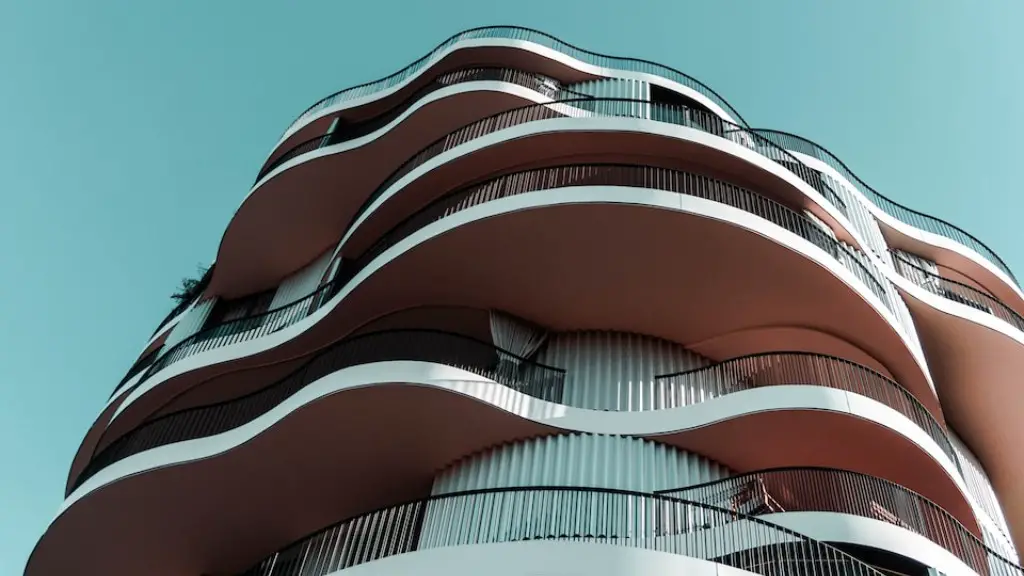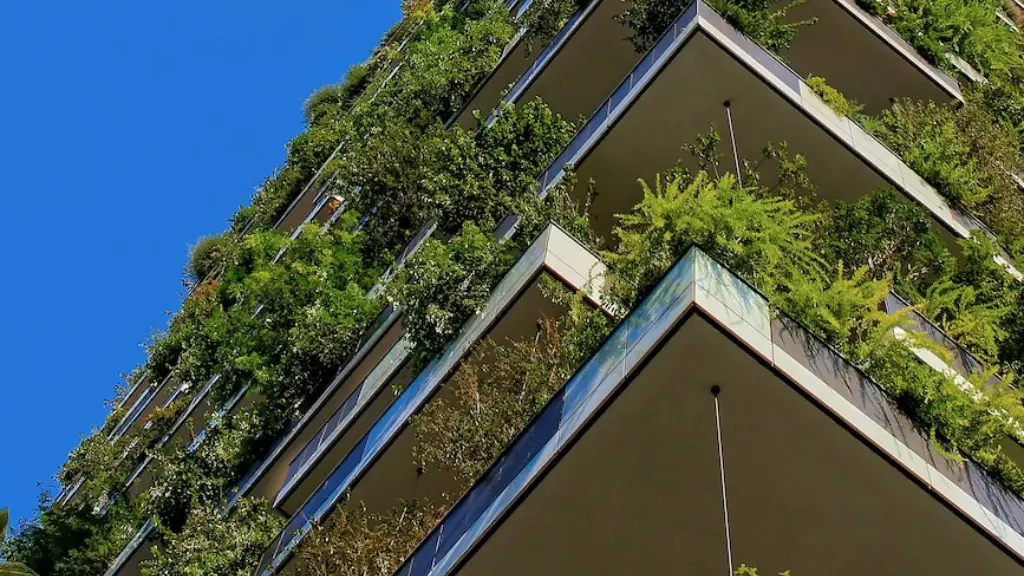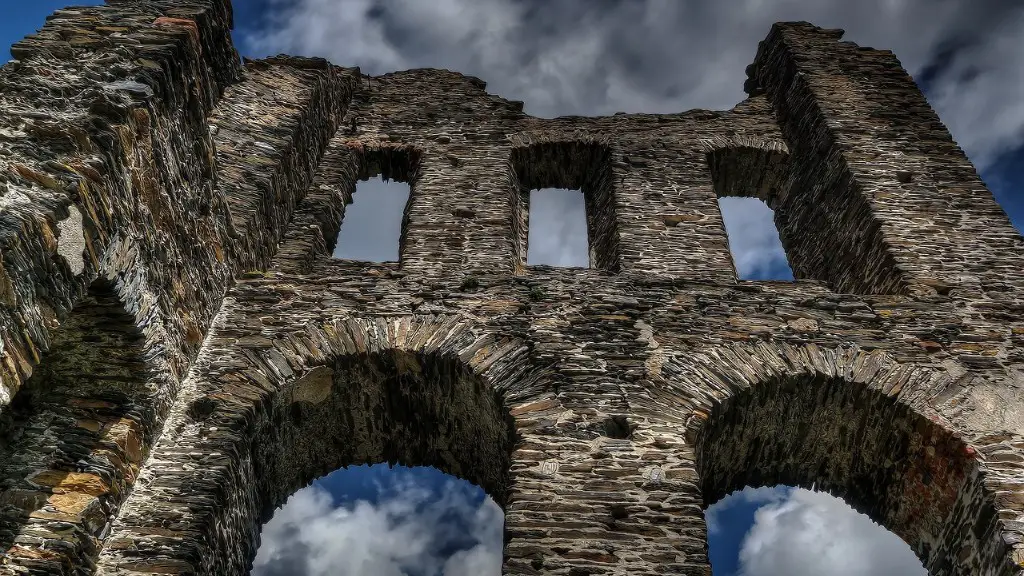Where Did Architecture Begin?
The evolution of architecture has been a process that spans centuries, beginning with the caveman, and reaching its current, highly advanced form only within the past few hundred years. The earliest type of architecture is thought to be the huts and dwellings used by the first primitive tribes. This form of construction was limited mainly to the materials that were available, mostly involving the use of mud, stone, and wood.
Through the ages, human societies have developed more and more sophisticated methods of architectural construction, utilising many more materials and techniques. Ancient civilisations such as the Egyptians and the Greeks constructed magnificent structures using stone, whilst the Romans developed the concept of the arch and created vast structures that inspired architectural excellence throughout the ages.
With the onset of the industrial revolution, the period of modern architecture emerged. This is a period marked by significant advances in design and construction technology, with materials such as steel, concrete and glass playing a major role. Architects were now able to design tall, grandiose buildings, some of which have become iconic symbols of their cities. Indeed, modern architecture has become one of the defining characteristics of modern urban landscapes throughout the world.
Today, architecture is still evolving, with the introduction of new materials, technologies, and concepts. For example, sustainable architecture has emerged as a major area of focus, as architects strive to create structures that are mindful of their environment and as energy efficient as possible. Architecture has also become increasingly integrated with technology, with the development of computer-aided design allowing for detailed, intricate designs to be created with great accuracy.
In summary, architecture has come a long way since its humble beginnings, with human ingenuity and innovation playing a vital role in its evolution. It is no longer just a practical means of providing shelter, but also a powerful form of artistic expression.
The Impact of Architecture on Society
Architecture has had a profound impact on the way societies are organised and the way they view the world. By creating structures that are symbolic of power, wealth, and influence, architecture shapes the way we think, the way we feel, and the way we live. For example, one only needs to look at the Colosseum in Rome to see the impact architecture can have on the way we interpret history and understand the past.
The impact of architecture is also apparent in the way certain societies are organised. For instance, the layout of a city or town can be a reflection of the values and beliefs of its citizens. This is made especially clear when one compares the layouts of traditional cities with modern cities, where the emphasis on roads and highways over green spaces suggests a different emphasis on efficiency and convenience over beauty and conservation.
The impact of architecture is also reflected in the way certain cultures develop and express their identity. This is most clearly seen in the way certain structures come to represent an idea or point of view, such as the Eiffel Tower in Paris which has become a symbol of France and the Statue of Liberty in New York which has come to represent the ideals of freedom and liberty.
Architecture has also profoundly influenced our economies. As cities, towns, and even national economies become increasingly reliant on tourism and cultural events, an attractive and interesting design can become a major draw in attracting visitors and promoting economic growth.
How Does Modern Technology Influence Architecture?
Modern technology has had a major impact on the way architecture is designed and constructed. Computer-aided design systems have made it much easier for architects to go from idea to reality, as complex 3D models can be created with great precision and accuracy.
In addition, modern construction technologies have made it possible for architects to create taller and larger structures than ever before, with the use of materials such as steel, concrete, and glass allowing for the construction of skyscrapers that reach into the clouds.
Additionally, modern technology has made it easier for architects to focus on sustainability. By using materials that are environmentally friendly and energy efficient, architects are able to create structures that are not only attractive and interesting, but also that have a minimal impact on the environment.
Finally, modern technology has enabled us to go beyond design and construction. Virtual reality and augmented reality have allowed architects to ‘walk’ through their designs before they are built, enabling them to get a better idea of what the finished product will look like.
The Benefits of Architecture
The benefits of architecture cannot be overstated. Not only does architecture shape the way we see and interact with the world, it also provides us with a sense of security, comfort, and well-being.
By creating structures that are aesthetically pleasing and functional, architecture helps us to appreciate the beauty of the world and the importance of our place in it. Furthermore, by creating structures that are safe and secure, architecture helps to protect us from the elements and other hazards. Finally, by using materials such as wood and stone, architecture helps to create a sense of warmth, comfort, and connection to the environment.
Architecture also offers us many practical benefits. By creating structures that are energy efficient and sustainable, we are able to reduce our impact on the environment and reduce our energy costs. Furthermore, by creating structures that are visually appealing and interesting, architecture can help to attract tourists and promote economic development.
In conclusion, architecture has the power to shape our lives, our environments, and our societies for the better. It provides us with a sense of comfort and security, as well as offering many practical benefits in terms of energy savings, economic growth, and environmental conservation.
The Future of Architecture
The future of architecture is an exciting one, as technological advances and new materials and techniques open up new possibilities for designers and builders. For instance, 3D printing technology could revolutionise the way architects create and build structures, whilst new materials such as graphene, a material that is 100 times stronger than steel, could open the door to taller and more complex designs.
The future of architecture will also see a greater focus on sustainability, with architects exploring ways to design structures that are energy efficient and have a minimal impact on the environment. Additionally, new technologies such as virtual and augmented reality could help to simplify the process of design, allowing for more detailed, intricate designs to be created with greater speed and accuracy.
Finally, the future of architecture could see a greater emphasis on the use of smart technology. Buildings may be equipped with sensors that track air quality, energy usage, and other data, allowing for more efficient management and maintenance. Additionally, robots and automation could be used to take on more mundane tasks such as painting and plastering, reducing the amount of manual labour involved in construction.
The Challenges of Architecture
Despite all of the potential benefits and advances, there are still several challenges that face the architecture profession. For instance, the cost of construction is still a major barrier to entry for many people, particularly those looking to build their own homes. Additionally, architects are still often limited by the amount of space they have available, making it difficult to create designs that meet their vision.
In addition, the speed at which architectural trends evolve can make it challenging for architects to keep up to date with the latest developments. Additionally, architects often struggle with finding the right balance between creativity and practicality when it comes to designing buildings, as some clients’ demands can clash with the architect’s desire for an aesthetically pleasing structure.
Finally, the increasing complexity of our urban environments and the increased focus on sustainability has given architects some difficult challenges to face. Whilst this can often lead to creative solutions, it is also a source of great frustration for those tasked with designing structures that are both aesthetically pleasing and practical.
Conclusion
Architecture has come a long way since its humble beginnings, and it will almost certainly continue to evolve in the years to come. It is no longer just a practical means of providing shelter, but also a powerful form of artistic expression, which shapes the way we view the world and the way we live our lives. Furthermore, modern technology and materials have enabled us to create structures that are taller, more complex, and more energy efficient than ever before, helping to make our cities more sustainable and our lives more comfortable. Despite the challenges that still face architects today, the future of architecture looks set to be an exciting one.





